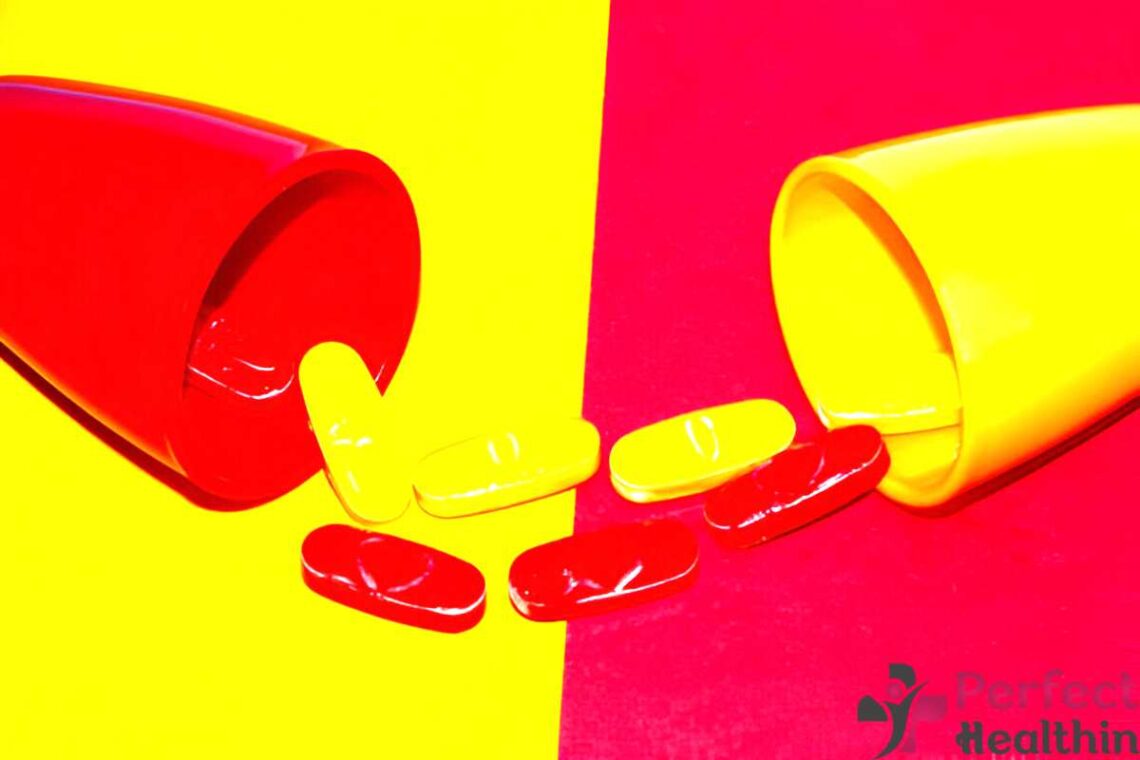The key difference between Vyvanse vs Ritalin is that Ritalin blocks the reuptake of the catecholamines to effectively leave more free catecholamines in the neuronal synapse, whereas Vyvanse works by increasing catecholamines in the neuronal synapse through stimulating their release.
Both Ritalin and Vyvanse are important in treating ADHD. These drugs are categorized as central nervous system stimulants. However, they are not the same in their mechanism of action.
What is Ritalin?
Ritalin is a synthetic drug that can stimulate the central nervous system. It is mainly important in improving the mental activity in attention deficit disorder. The active chemical component in this drug is methylphenidate. Therefore, the drug is sometimes called methylphenidate, as well.
The routes of administration of this drug Ritalin include oral administration and transdermal administration. The dependence liability and addiction liability of this drug is very high. The drug class of methylphenidate is “stimulant drugs.”
When considering the pharmacokinetics of Ritalin, its bioavailability is around 30%, and protein binding ability ranges between 10 to 33%. The metabolism of the drug occurs in the liver. The elimination half-life of Ritalin is about 2-3 hours, and the excretion occurs through urine.
There can be some side effects of Ritalin, including appetite loss, dry mouth, anxiety, nausea, and insomnia. However, there can be some adverse effects as well: akathisia, lethargy, dizziness, changes in blood pressure and heart rate, etc.
There are many important uses of Ritalin, such as treating ADHD and narcolepsy. It is also important in treating attention deficit hyperactivity disorder, bipolar disorder, major depressive disorder. In addition, it can improve depression in stroke, cancer, and HIV-positive patients, etc.
What is Vyvanse?
Vyvanse is a medication consisting of lisdexamfetamine. It is a stimulant medication that is useful in treating attention shortfall hyperactivity disorder or ADHD. It can also treat binge eating disorder in adults that is either in a moderate or in a severe condition. This medication is administrated through the oral method as capsules. The bioavailability of this substance is about 96.4%, and metabolism occurs as hydrolysis through enzymes in red blood cells. The duration of action of this medication is about 10-12 hours. The excretion of the medication is renal.
The most common side effects of this medication include loss of appetite, anxiety, diarrhea, trouble sleeping, irritability, and nausea. However, there can be serious side effects such as mania, sudden cardiac death, and psychosis, which are rare conditions.
Moreover, there can be some interactions between different drugs, which include acidifying agents, alkalinizing agents, and monoamine oxidase inhibitors. Typically, Vyvanse is an inactive prodrug that can convert to dextroamphetamine inside the body. This conversion product is the active compound regarding this medication.
What is the Difference Between Ritalin and Vyvanse?
Both Ritalin and Vyvanse are important in treating ADHD. These drugs are categorized as central nervous system stimulants. However, they are not the same in their mechanism of action. The key difference between Ritalin and Vyvanse is that Ritalin blocks the reuptake of the catecholamines to effectively leave more free catecholamines in the neuronal synapse, whereas Vyvanse is able to work by increasing catecholamines in the neuronal synapse by stimulating their release.
Below is a summary of the difference between Ritalin and Vyvanse in tabular form for side by side comparison.
Summary –Vyvanse vs Ritalin
Ritalin is a synthetic drug that can stimulate the central nervous system. Vyvanse is a medication consisting of lisdexamfetamine. The key difference between Ritalin and Vyvanse is that Ritalin blocks the reuptake of the catecholamines to effectively leave more free catecholamines in the neuronal synapse, whereas Vyvanse is able to work by increasing catecholamines in the neuronal synapse by stimulating their release.

